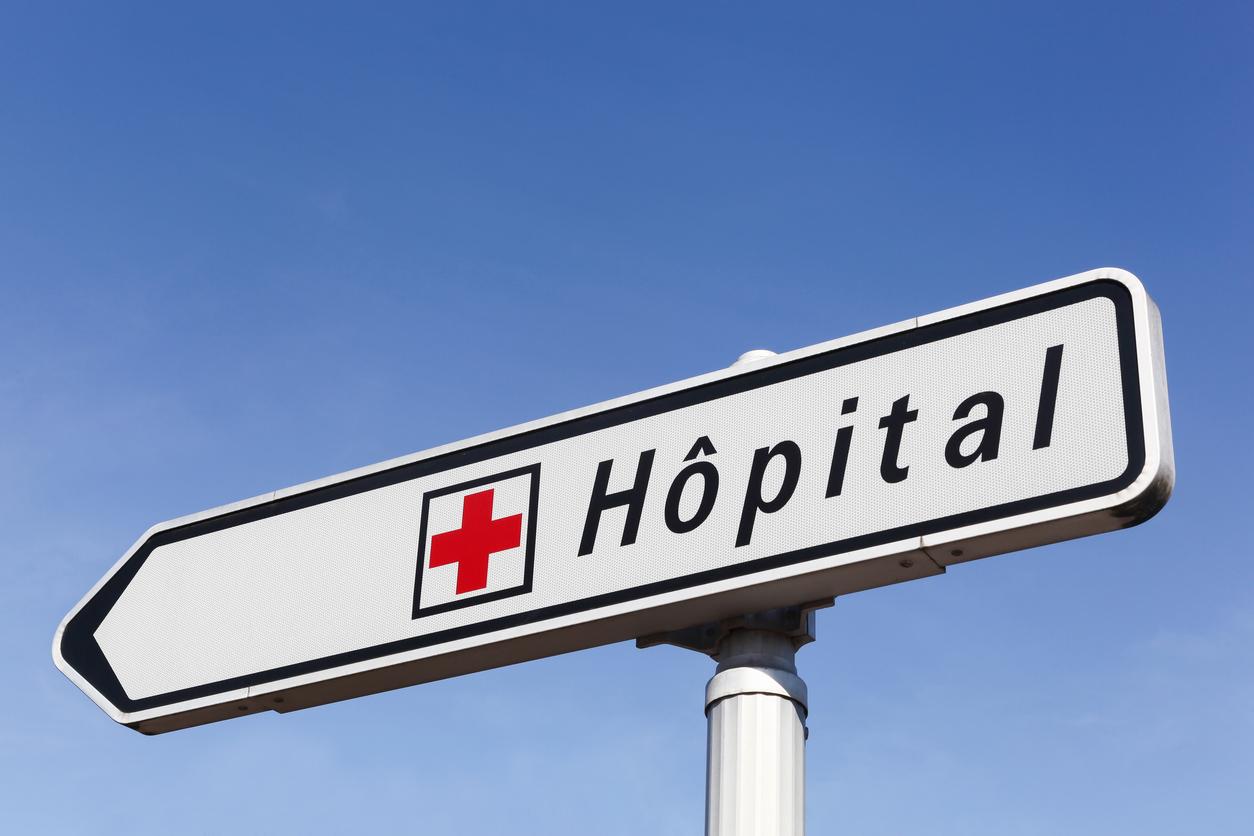A few days before World Tuberculosis Day (March 24), the Weekly Epidemiological Bulletin presents an epidemiology of tuberculosis in 2015 and studies the impact of the suspension of compulsory vaccination of children. by BCG, one of the means of prevention of the disease.
A vaccine that is no longer mandatory since 2007
BCG vaccination of infants was compulsory until 2005 in France and carried out overwhelmingly percutaneously (Monovax®). The health authorities had noted that BCG protected about 85% against extra-pulmonary forms of tuberculosis and about 50% against pulmonary forms.
In January 2006, the multipuncture vaccine was withdrawn from the market and replaced by a vaccine that can be administered by the intradermal route, which led to an immediate drop in vaccination coverage.
In July 2007, following a French expert opinion which estimated that the vaccination of only children at risk (less than 15% of children) could prevent three quarters of cases of tuberculosis, the obligation of vaccination with BCG was replaced by a “recommendation for vaccination” of children most exposed to tuberculosis. That is to say, children born, or of which at least one of the parents was born, in an area of high tuberculosis endemia, and all children residing in Île-de-France or Guyana. This recommendation has since been extended to Mayotte, which became a French department in 2011.
The greatest number of cases in Ile-de-France and Rhône-Alpes
In its latest Weekly Epidemiological Bulletin, Public Health France publishes the report (established in 2015) of the suspension of this vaccination. That year, 4,741 cases of “tuberculosis disease”were declared in France, including 215 (4.3%) in the overseas departments. The cases of “tuberculosis disease” include those with clinical and / or radiological signs compatible with tuberculosis, accompanied by a decision of standard antituberculosis treatment, whether these cases are confirmed by the demonstration of a mycobacterium of the complex. tuberculosis to culture or not.
“The steady decrease observed for several years continued in 2015, where the reporting rate fell by 17% compared to 2005 and by 11% compared to 2010” underlines the BEH.
The highest reporting rates were observed in Guyana, Ile-de-France and Mayotte. But the regions with the highest number of tuberculosis cases were unsurprisingly those where the largest agglomerations are present: Île-de-France (37% of cases), followed by the Auvergne-Rhône-Alpes region (9%).
Little impact of vaccine suspension
The distribution by age group shows a concentration of cases in young adults (38% of cases were between 20 and 39 years old) and in the elderly (21% of cases after 65 years and 9% in subjects aged 80 years or older).
As for the number of cases of tuberculosis disease declared in France in children born after 2006, it is lower each year (except in 2008 and 2014) than the number of cases in children of the same age group in 2005, when vaccination was performed in all children with Monovax® and that the BCG vaccination coverage was greater than 95%.
“However, it is important to continue to closely monitor the development of incidence of tuberculosis, especially in new generations of children, as well as immunization coverage levels among at-risk children, especially in the current worrying situation caused by uncertainties about vaccine supply BCG “ concludes the BEH.
Read also :
Tuberculosis: it will kill 75 million people by 2050
Diabetes triples the risk of developing tuberculosis


















